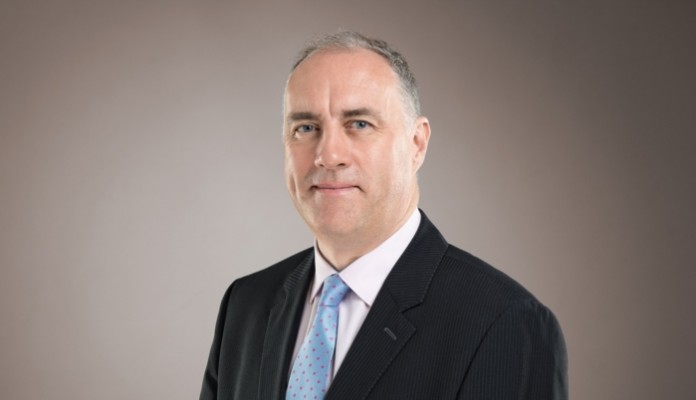Placemaking was put under the microscope at an event hosted by the Royal Town Planning Institute (RTPI) in Leicester last week (3 March).
Managing director at East Midlands property consultancy Innes England, Tim Garratt spoke at the Urban Design Network event, which looked at how to create successful places in the region – considering the challenges, catalysts and opportunities.
The event followed the publication by the Royal Institution of Chartered Surveyors on Placemaking and value, which summarised there is a correlation between achieving premium values where sustainable and good placemaking is present.
Tim suggested though that the number of good examples in the East Midlands is limited – depending on your threshold, and that we need to look further afield to find great places.
He said: “I think there are some really great places in the USA and Europe; for example, Eindhoven in the Netherlands has a High Tech campus which has an amazing sense of place as does The Harbour Area in Malmo – both examples being built out of something that had reached the end of its (previous) life.
“Other great examples are the $172m High Line project in New York and the Bespoke offices in the Westfield shopping centre in San Francisco – these all set a very high bar.
“I think the issue of place is quite difficult to rationalise because often it is a feeling you get; knowing that something is right. There are only a few good examples within the East Midlands, but that could be a function of a market that has been somewhat depressed over the last eight years or so.”
Tim cites the University of Nottingham’s Jubilee Campus as developing into a destination and Gustafson Porter’s Old Market Square in Nottingham as giving the sense of a proper centre to the city.
Lincoln Castle and the King Richard Third centres have the ability to tell stories based on history which also allows a place to develop according to Tim.
He added: “Placemaking has never been more important in creating thriving, sustainable communities but to do that, we need our places and buildings to tell stories – this is absolutely critical to make a place work.”






















